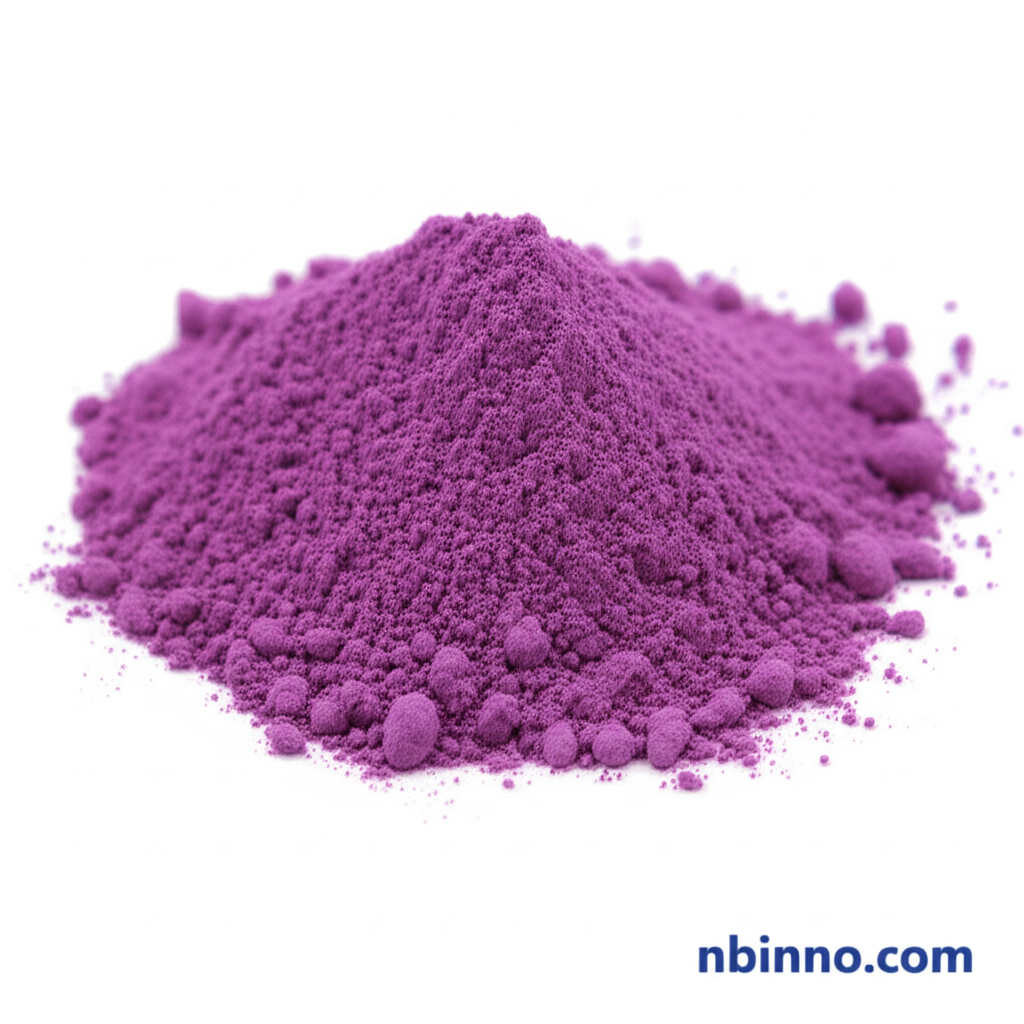3,6-Di(4-pyridyl)-1,2,4,5-tetrazine: A Versatile Heterocyclic Compound for Advanced Applications
Discover the properties and potential of this crucial building block for material science.
Get a Quote & SampleProduct Core Value

3,6-Di(4-pyridyl)-1,2,4,5-tetrazine
This purple to purplish red powder, identified by CAS No. 57654-36-1, is a critical organic compound with diverse applications, particularly in the realm of COF materials. Its molecular formula is C12H8N6, with a molecular weight of 236.23, indicating its significant role as a building block in advanced chemical synthesis and material development.
- Explore the specific applications of 3,6-Di(4-pyridyl)-1,2,4,5-tetrazine in COF materials, a key area for innovation in modern chemistry.
- Understand the chemical properties of CAS 57654-36-1, including its stability and reactivity, crucial for researchers and manufacturers.
- Learn about the synthesis pathways for pyridine-based tetrazine compounds to facilitate efficient production and custom development.
- Investigate the role of heterocyclic organic compounds like this tetrazine derivative in driving advancements across various scientific disciplines.
Advantages Provided by the Product
Versatile Building Block
Utilize this compound as a versatile building block for developing novel materials, leveraging its unique heterocyclic structure for a wide range of applications.
High Purity and Quality
Ensure reliable results in your research and production with high-purity material, essential for achieving the desired outcomes in advanced materials science.
Enabling Material Science Innovations
Advance your work in material science by incorporating this specialty chemical, opening doors to new possibilities in COF materials and beyond.
Key Applications
COF Materials Development
This compound serves as a critical component in the synthesis of Covalent Organic Frameworks (COFs), enabling the creation of materials with tailored porosity and functionality for catalysis, gas storage, and separation.
Organic Synthesis
As a key intermediate in organic synthesis, its unique structure facilitates the creation of complex molecules, supporting research and development in pharmaceuticals and fine chemicals.
Heterocyclic Chemistry Research
Its inherent heterocyclic nature makes it a valuable subject for study in heterocyclic chemistry, pushing the boundaries of understanding chemical reactivity and molecular design.
Specialty Chemical Applications
The compound finds its place in various specialty chemical applications, driven by its unique properties and potential for functionalization in diverse industrial processes.
